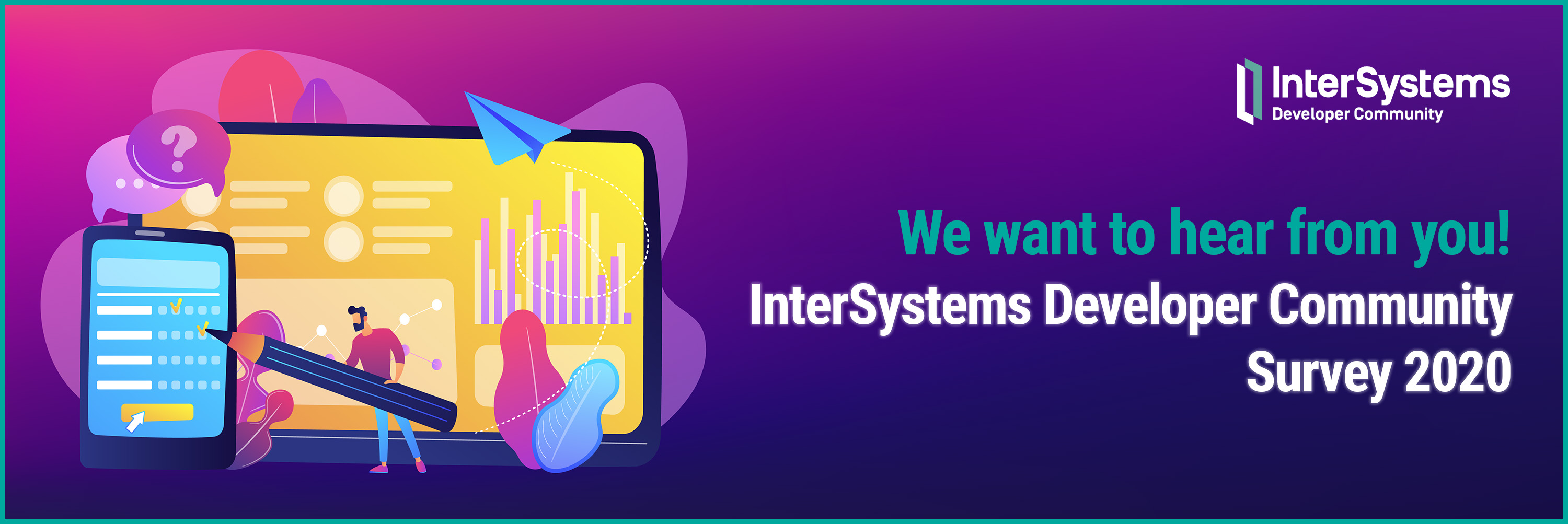Is there an API that can be used to remotely fetch the state of an IRIS instance similar to what is reported with "iris list"? Specifically, I'm looking to be able to remotely detect when an IRIS instance is in "hung" state.
I know there is the "iris_system_state" metric that I can consume in Grafana, but I found that when our system was in a "hung" state, there was just no data for that metric and I'd think if you alert on that, you cannot be sure if the IRIS system is down or hung or there's just an issue with prometheus fetching stats from IRIS.


.png)
